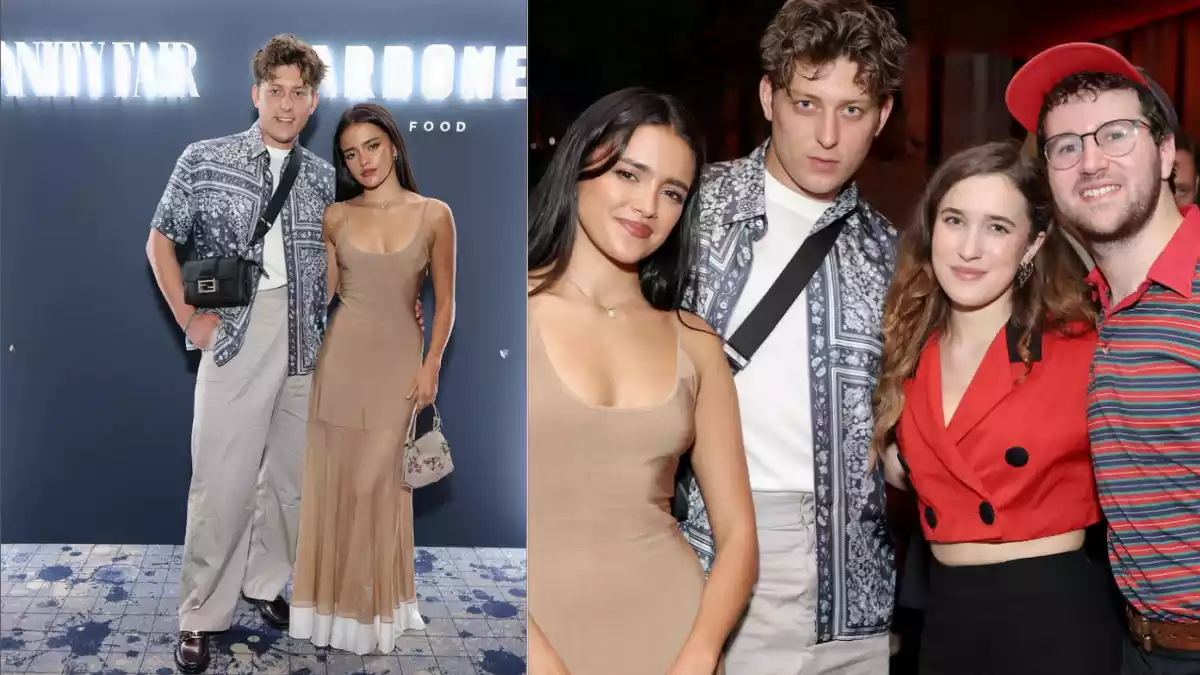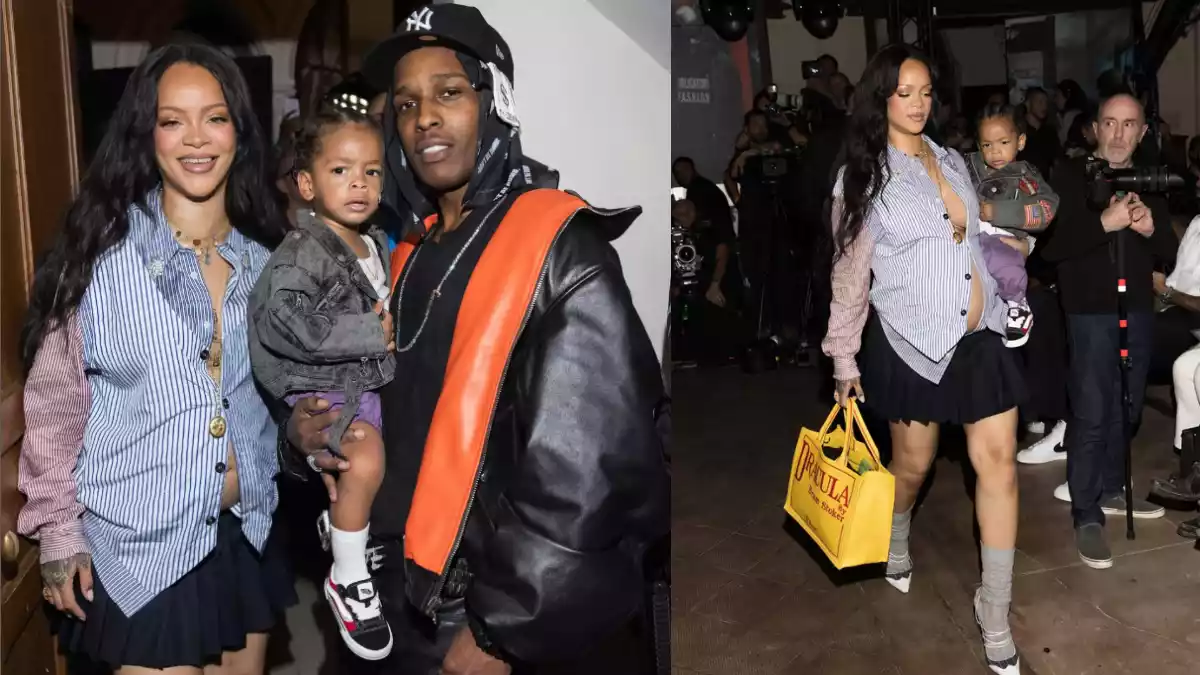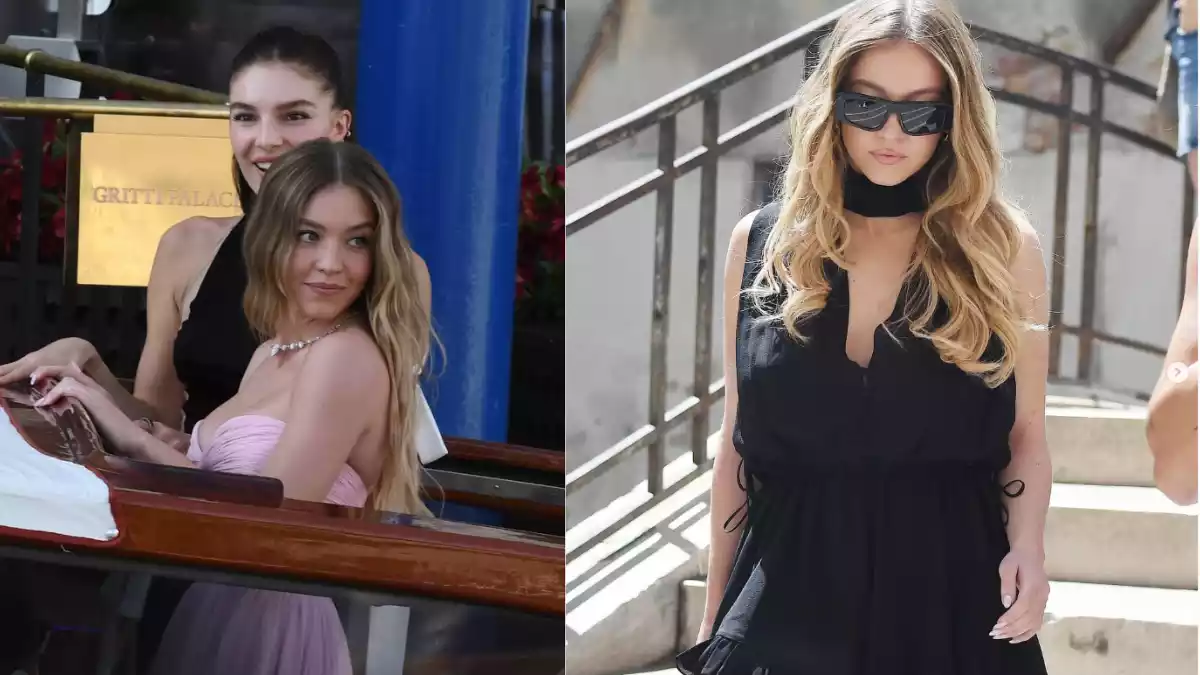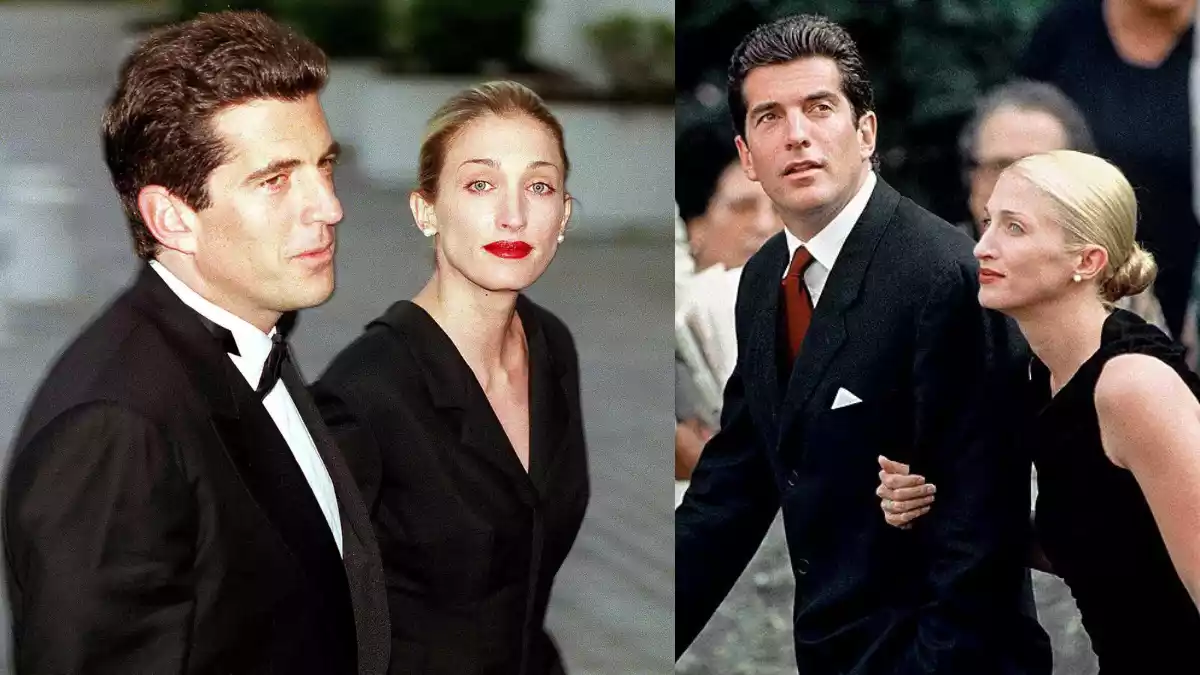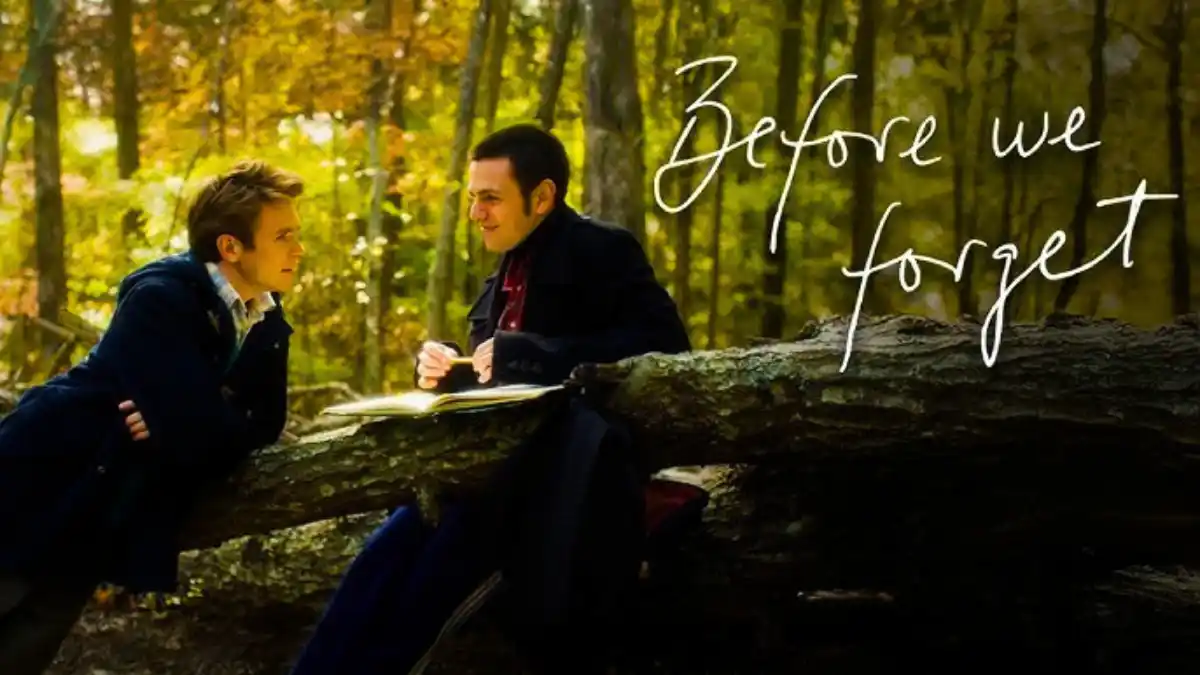In a bold and eye-opening move, actress and activist Jameela Jamil has decided that she will no longer give interviews to women. The revelation comes in a deeply personal essay shared on her Substack platform, “A Low Desire to Please.” Jamil, known for her outspoken views on feminism and body image, claims that her trust in female journalists has been irrevocably broken. Let’s dive into the details of her shocking decision and what it means for the media landscape.
Why Jameela Jamil Won’t Speak to Female Journalists Anymore
In her essay, Jameela Jamil explains that her decision stems from an increasing pattern of disrespect and misrepresentation by female reporters. “I am disgusted,” Jamil writes, referring to the way her recent experiences with female journalists have unfolded. She highlights a specific Sunday Times profile, penned by a female journalist, in which Jamil claims that the writer dismissed her words on deep topics such as grief, misogyny, beauty standards, and ageism. According to Jamil, the majority of her thoughtful responses were reduced to superficial and judgmental commentary.
Her frustration boils over when she discusses how female journalists, in her experience, rarely focus on her substantive ideas and instead fixate on tearing her character apart. “Almost every print write-up from a woman is laced with eye rolls, raised eyebrows, and insidious digs at my character,” Jamil asserts. This pattern, according to the actress, has led to her decision to stop granting interviews to female journalists altogether.
A Call for Real Conversations: What Jameela Wants from Female Reporters
Jameela Jamil‘s frustrations are rooted in her belief that female journalists are often more interested in finding flaws in her character than in engaging with her actual thoughts and ideas. In her essay, she writes, “They want to interview me about feminism, they say, but they rarely explore my actual thoughts and ideas about our collective experience.”
She argues that female journalists tend to hyper-focus on her perceived contradictions or mistakes, often in a way that undermines her contributions to important conversations around gender, privilege, and activism. “Why I have a right to speak when I have privilege, why I care, and hyper fixate on my fairly innocuous mistakes compared to most men in my industry” — these are the questions that female reporters often fixate on, rather than addressing the larger issues she wishes to discuss.

Jamil’s statement is not just about her personal grievances; it’s a larger commentary on the way women are often treated in the media and public discourse. Her frustration reflects a growing trend of women in the public eye being scrutinized in ways that men often are not.
Jameela’s Challenge to the Media: Feminism Must Be Taken Seriously
As an outspoken feminist, Jamil has long championed the rights of women, but in her recent essay, she makes it clear that she will no longer tolerate media representations that seek to diminish her voice. She writes about the discrepancy between how women are treated in interviews versus how men are treated, noting that her mistakes are often magnified, while the same scrutiny isn’t applied to her male counterparts.
Jamil also calls attention to the irony that journalists, particularly women, often question her right to speak on issues of feminism and gender, while failing to engage deeply with her ideas. Her message to the media is clear: feminism should not be reduced to gossip or character assassination. It’s a powerful stance that challenges the way feminism and women’s voices are treated in mainstream media.
Conclusion: The Future of Female Representation in the Media
Jameela Jamil’s decision to stop speaking with female journalists is a significant moment in the conversation around media representation. Her essay calls for a shift in how women are interviewed, urging journalists to focus on the ideas and philosophies of their subjects, rather than reducing them to their personal contradictions or mistakes.
This is not just about Jamil—it’s about the broader landscape of media, where women in the public eye are often subjected to a higher level of scrutiny. Jamil’s stance forces us to ask: Are we truly engaging with women on their ideas and contributions, or are we more interested in scrutinizing their character?
Jamil’s message is clear: If we want to have honest, meaningful conversations about feminism, privilege, and activism, it’s time to stop reducing women to the sum of their contradictions and start engaging with the depth of their ideas. For more updates, visit www.newsbaazi.com.


